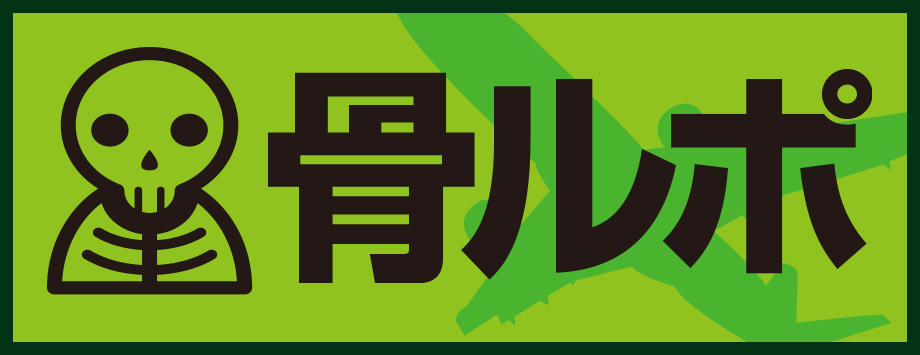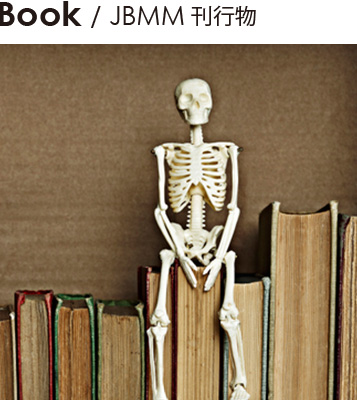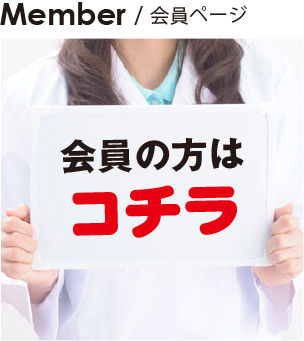
骨ルポ
ASBMR 2017 レポート
徐 祥赫(佐賀大学医学部微生物分野)

This year ASBMR Annual Meeting of the 40th anniversary celebration held in Denver. In the plenary symposium of this meeting, Professor Paula Stern overviewed the history of ASBMR and Professor T. John Martin overviewed the history of bone research. From these speeches, I learned about achievements on bone research during last 40 years and I was proud of myself to be one of the researchers on bone.
In this meeting, a lot of excellent research were presented, which widened my knowledge. And I gave a poster presentation of my research related to the function of osteoclasts. During the poster presentation, I discussed with some researchers from several countries. These researchers gave me some good advices and made me get some refresh ideas about my study.
Below, I will give two oral presentations concerning osteoclasts.
紹介演題 [1]
RIP140 in osteoclast precursors regulates bone homeostasis, growth and osteoclast activity.
キーワード
osteoclasts, macrophage
研究グループ
Bomi Lee1, Urszula T Iwaniec2, Russell T Turner2, Yi-Wei Lin1, Bart L Clarke3, Li-Na Wei1, Anne Gingery4
- 1. Department of Pharmacology, University of Minnesota Medical School, United States
- 2. Skeletal Biology Laboratory, College of Public Health and Human Sciences, Oregon State University, United States
- 3. Division of Endocrinology, Diabetes, Metabolism, and Nutrition, United States
- 4. Department of Orthopedics, Mayo Clinic, United States
サマリー
They found that RIP140 serves as a regulator of early stage of osteoclastsogenesis. In vivo, loss of RIP140 reduced the bone volume by increasing bone resorption and decreasing bone formation. In vitro, RIP140 negatively regulated osteoclast differentiation. Interestingly, treatment of osteoblasts with conditioned medium derived from RIP140 knockdown osteoclasts decreased osteoblast activity. They also found that Syk stimulated degradation of RIP140 protein during osteoclastogenesis.
コメント
Bone remolding is performed by bone resorption and formation. But until now the coupling factor is not well understood. The condition medium from loss of RIP140 osteoclasts affects osteoblast activity. It means RIP140 may regulate some coupling factor from osteoclasts. It has been reported that several coupling factors derived from osteoclasts, such as cardiotrophin-1, sphingosine-1-phosphate, Wnt 10b, BMP-6, CTHRC1, and complement factor 3a (C3a) stimulated osteoblasts activity. Therefore, it would be interesting to analyze whether RIP140 could regulate coupling factors. And Syk regulates osteoclast cytoskeleton formation, but in this research, they showed that Syk may act as an early regulator by modulating RIP140 degradation in osteoclast differentiation. Their study showed that RIP140 in osteoclast precursors is an important regulator of osteoclast activity and bone homeostasis.
紹介演題 [2]
The identification of TGFβ-induced osteoclast factors that couple bone resorption to bone formation
キーワード
osteoclasts, osteoblasts, coupling factors
研究グループ
Megan Weivoda1, Ming Ruan1, Christine Hachfeld1, Glenda Evans1, Stephanie Youssef1, Rachel Davey2, Jeffrey Zajac2, Brendan Lee3, Jennifer Westendorf1, David Monroe1, Sundeep Khosla1, Merry Jo Oursler1
- 1. Mayo Clinic, United States
- 2. University of Melbourne, Australia
- 3. Baylor, United States
サマリー&コメント
In this study, they treated osteoclasts with 1ng/mL TGF-β and performed RNA-Seq and found some coupling factors derived from osteoclasts. Among them, wnt1 and wnt7b were strongly upregulated. They have already reported that impaired TGF-β receptor signaling caused decrease of coupling factor-wnt1 expression, and resulted in decrease of osteoblast number and osteopenia. This time, they compared osteoclast-specific TGF-β receptor 2 dominant negative mice with wnt1 knockout mice. The bone formation was impaired in both mice. In this study, I was interested in the method to find coupling factors produced in osteoclasts treated with low concentration of TGF-β.





